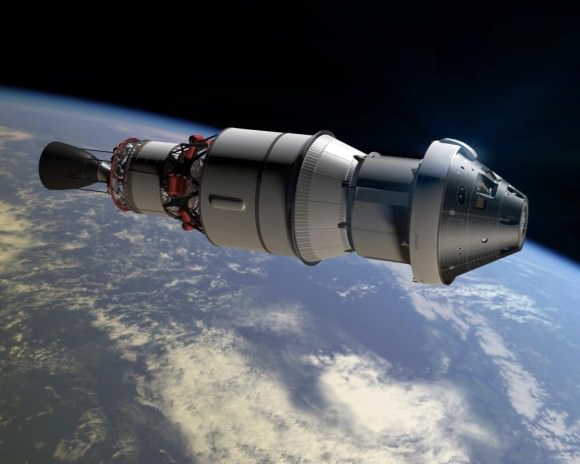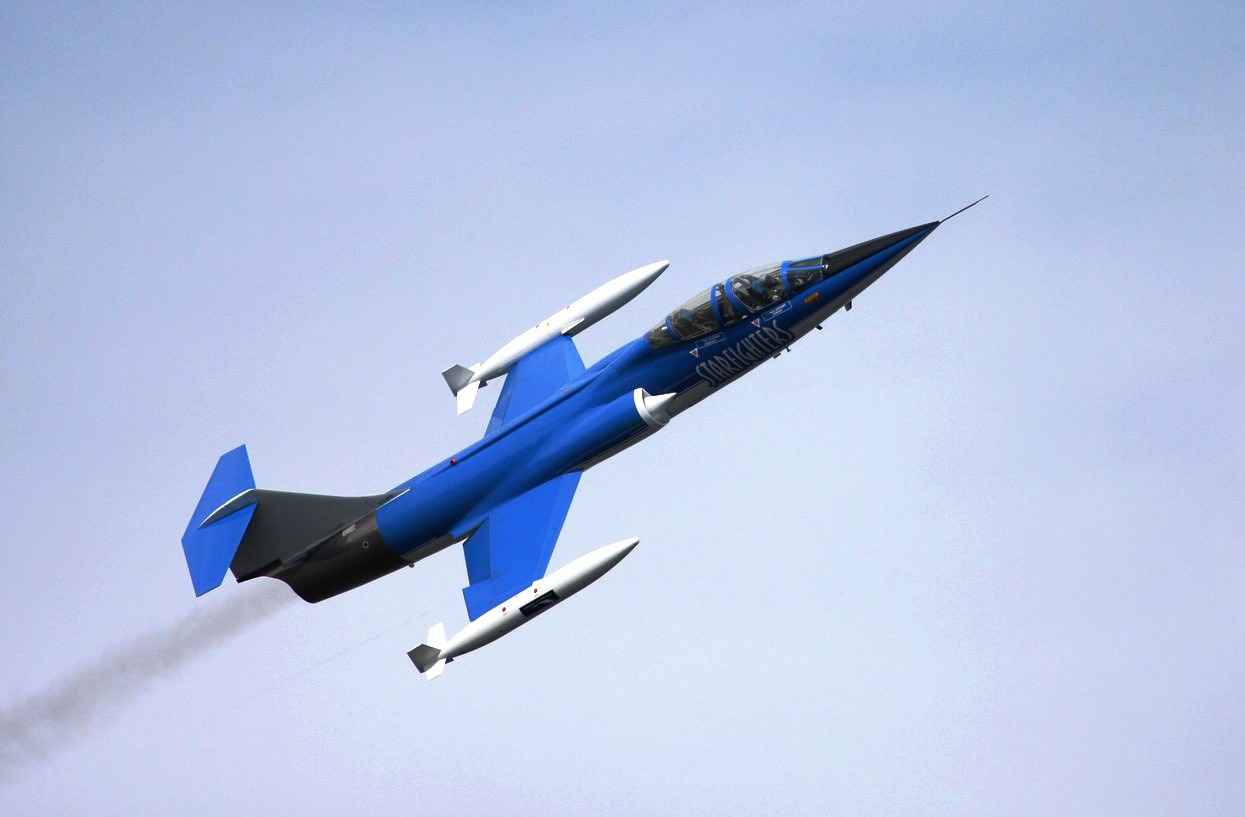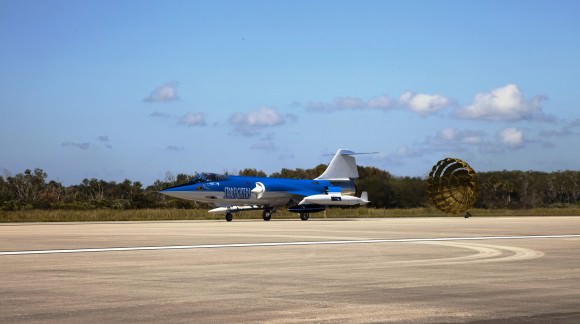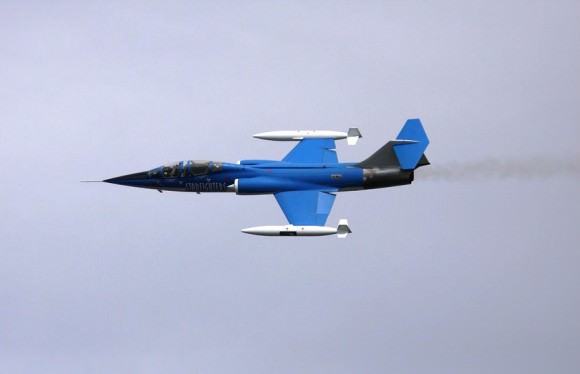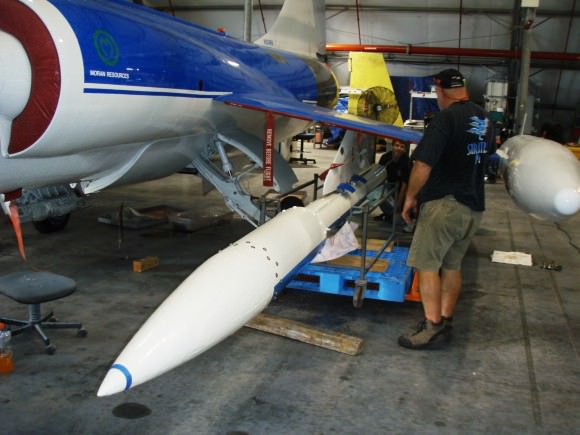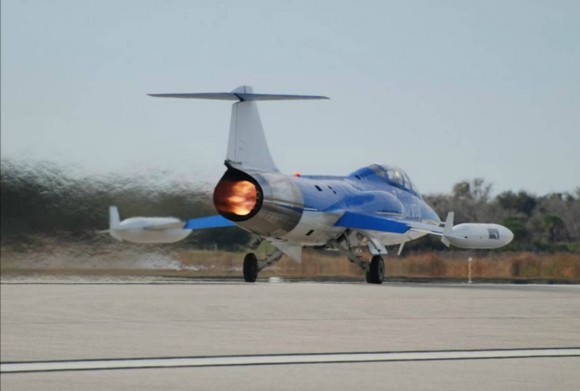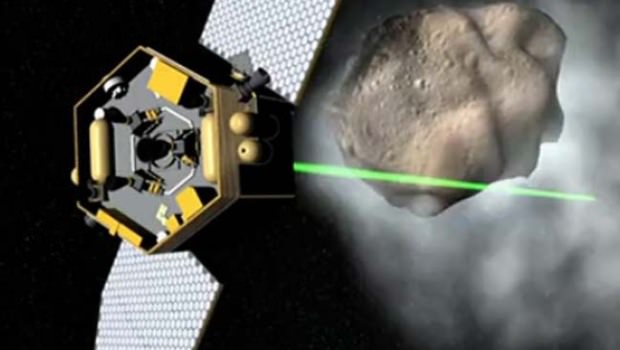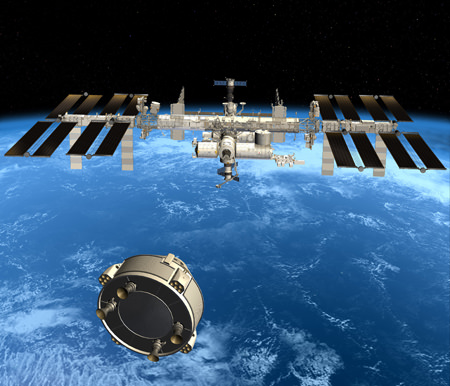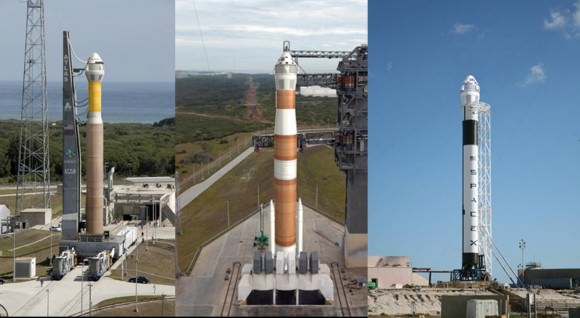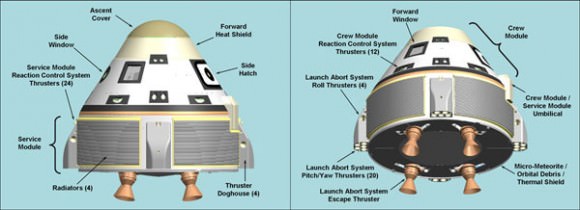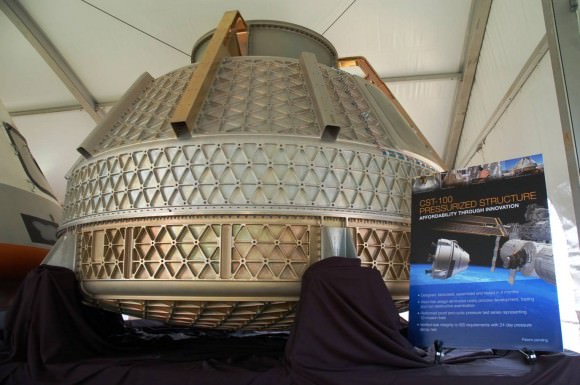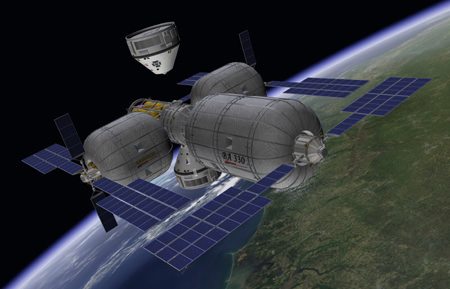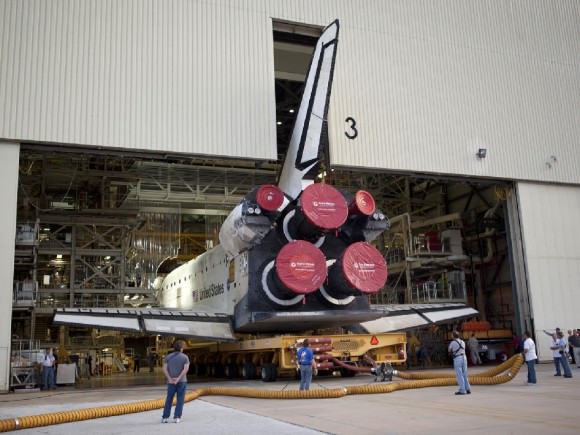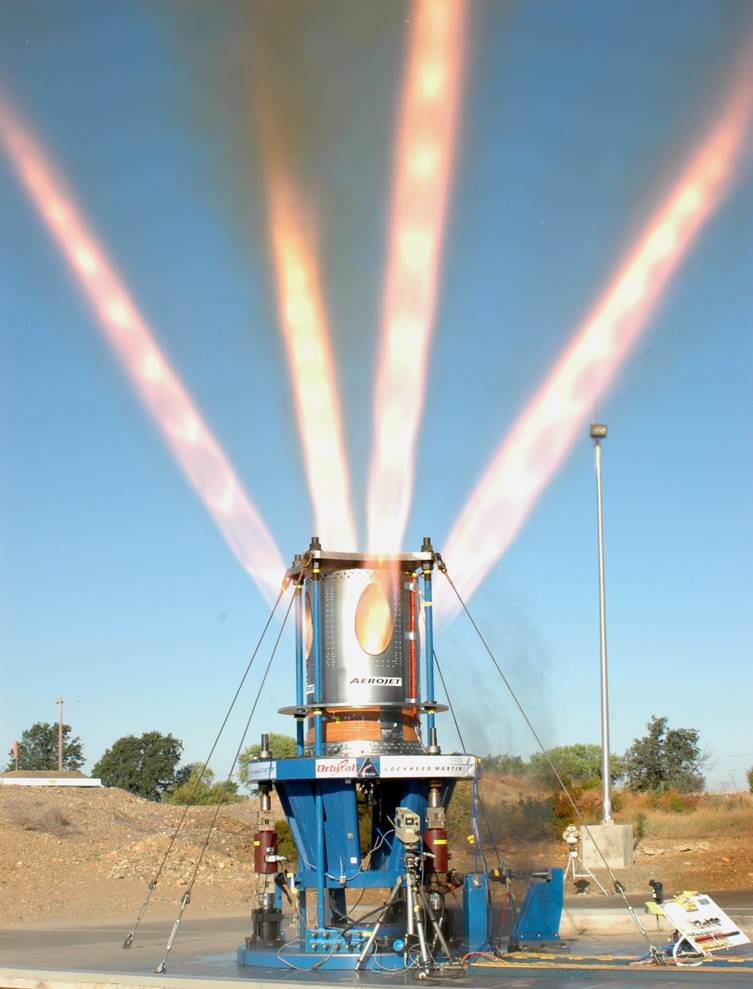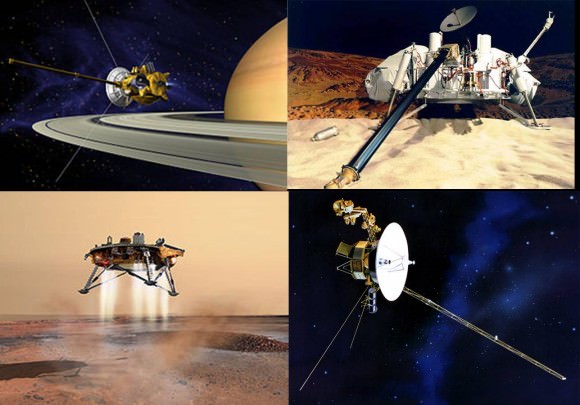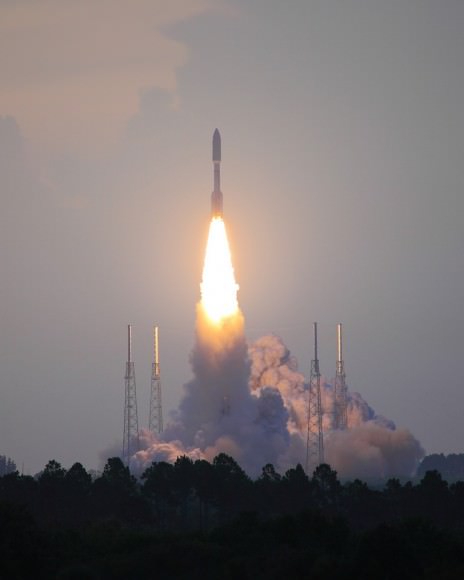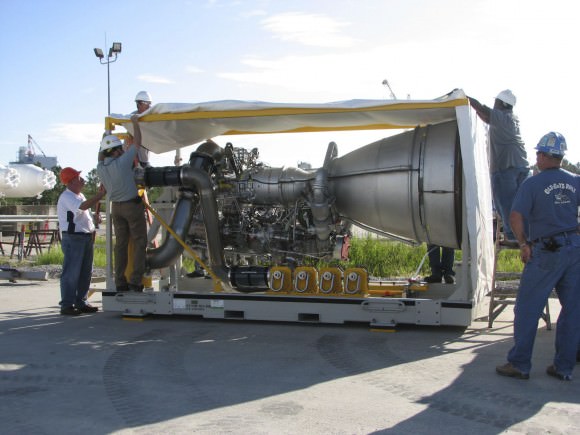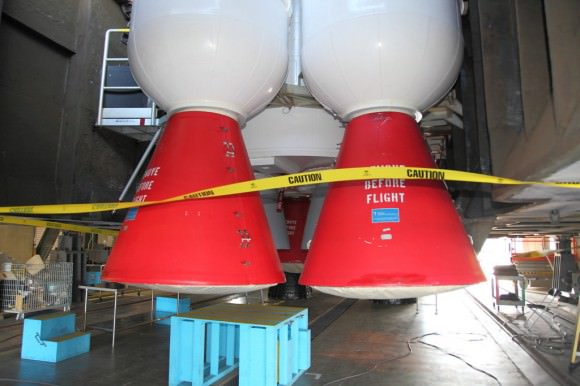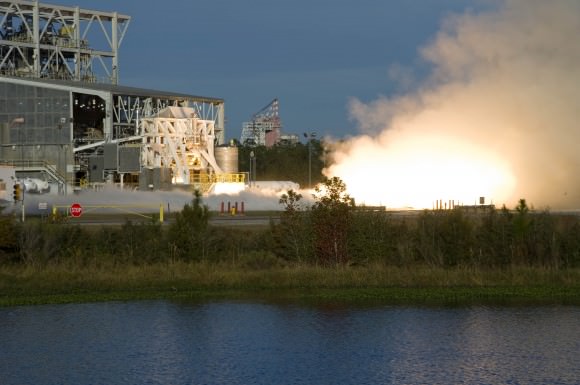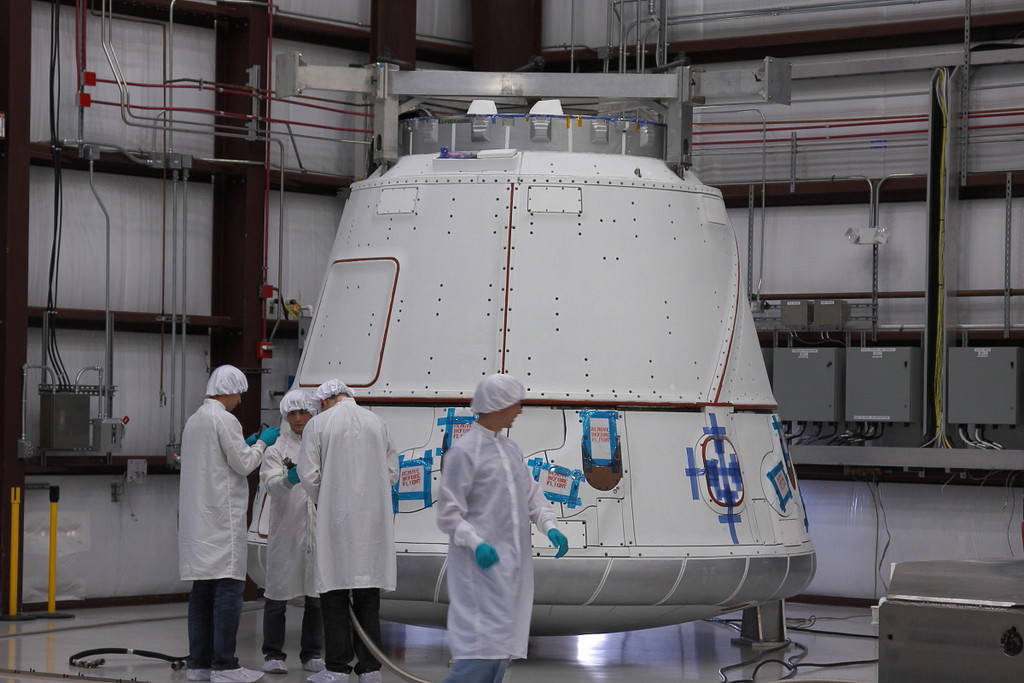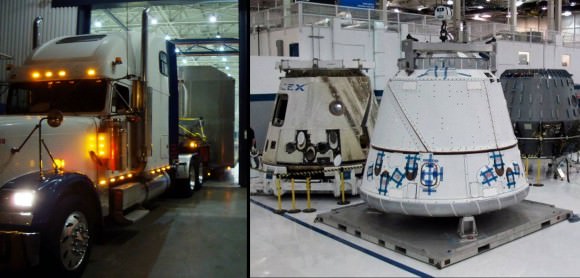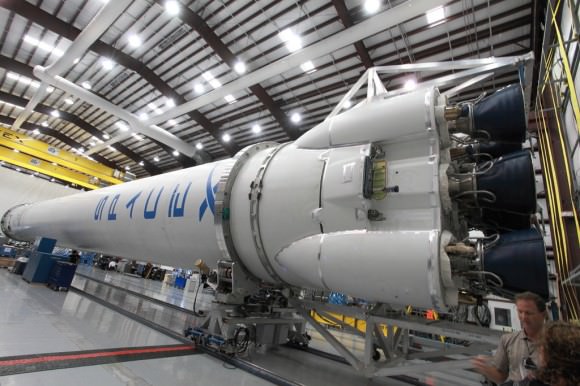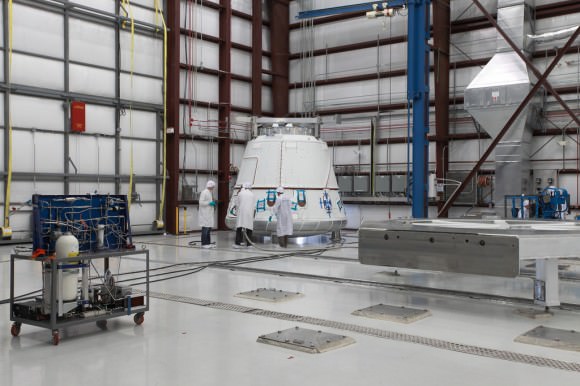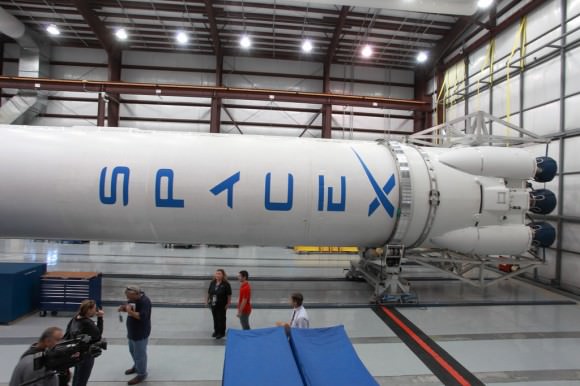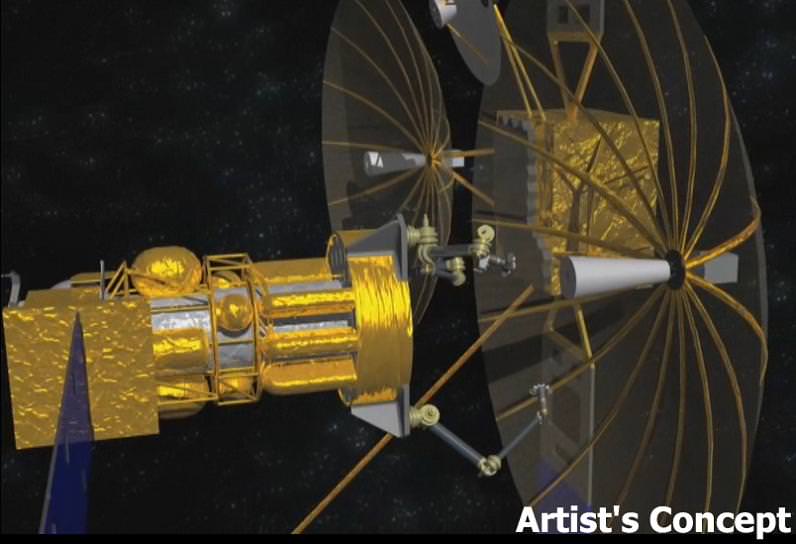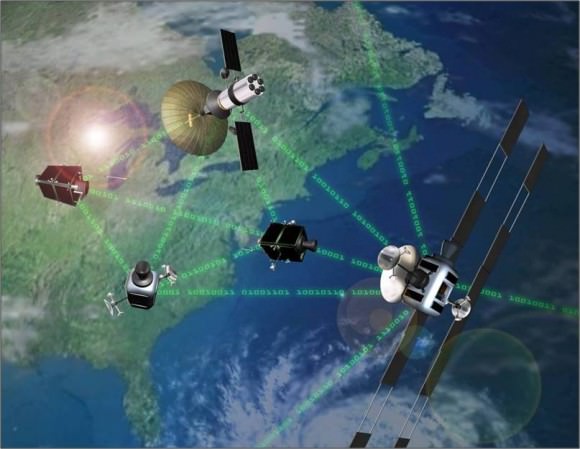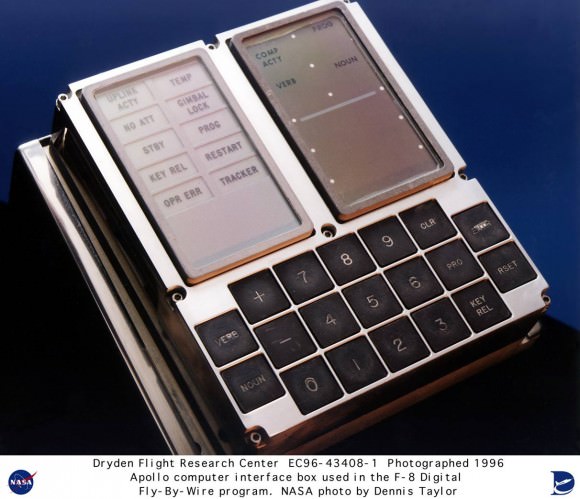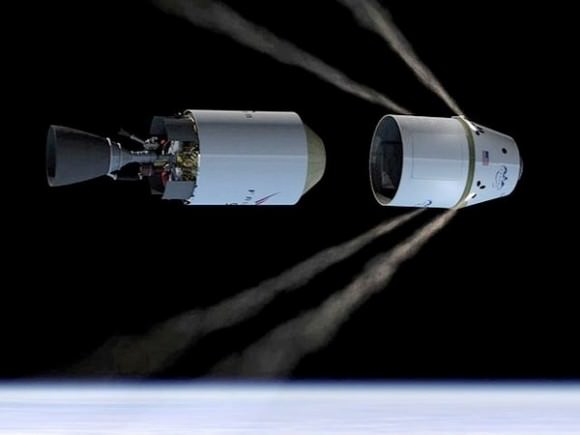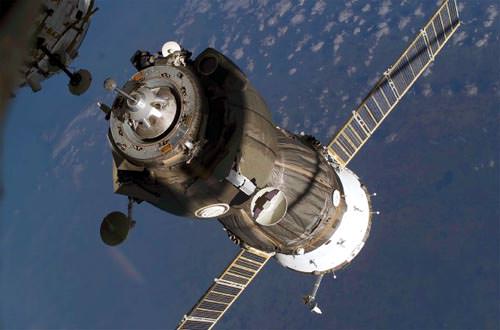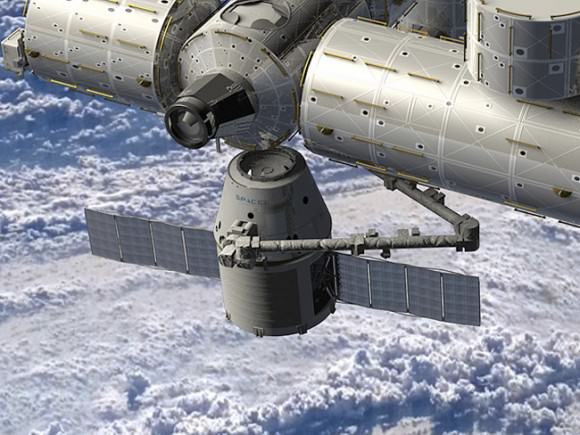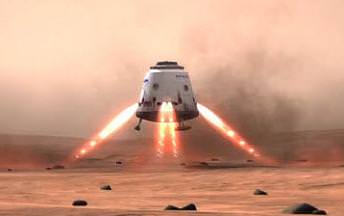[/caption]
CAPE CANAVERAL, Fla – NASA has announced its intention to launch an unmanned flight of the Orion Spacecraft atop a United Launch Alliance (ULA) Delta IV Heavy launch vehicle – by 2014. This flight test will be added to the contract that the space agency has with aerospace firm Lockheed Martin. The Orion Multi-Purpose Crew Vehicle or Orion MPCV as it is more commonly known – will test out systems that will be employed on the Space Launch System (SLS). If successful, this will allow astronauts to travel beyond low-Earth-orbit (LEO) for the first time in over four decades.
“This flight test will provide invaluable data to support the deep space exploration missions this nation is embarking upon,” said NASA Associate Administrator for Communications David Weaver.
The flight has been dubbed Exploration Flight Test or EFT-1 and will be comprised of two high-apogee orbits that will conclude with a high-energy reentry into the Earth’s atmosphere. Like the Mercury, Gemini and Apollo capsules before it, the Orion MPCV will conduct a water landing.
The test mission will lift off from Cape Canaveral Air Force Station located in Florida. It is designed to provide the space agency with vital flight data regarding how the vehicle handles re-entry and other performance issues.
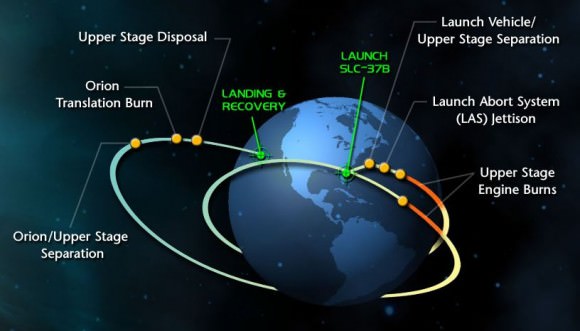
“The entry part of the test will produce data needed to develop a spacecraft capable of surviving speeds greater than 20,000 mph and safely return astronauts from beyond Earth orbit,” said Associate Administrator for Human Exploration and Operations William
Gerstenmaier. “This test is very important to the detailed design process in terms of the data we expect to receive.”
Presumably the use of a Delta IV Heavy would allow NASA to accelerate its human exploration objectives at an accelerated rate. Since the flight will be unmanned, there is no need to man-rate the launch vehicle and given the current economic issues facing the United States, the use of so-called “legacy” hardware could ensure that costs are kept down.
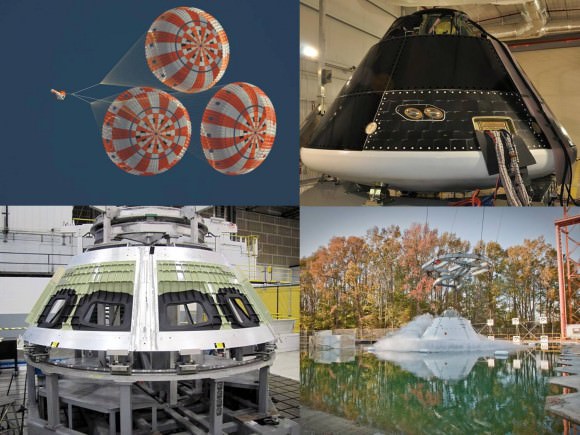
NASA has also stated its intention to release competitive solicitations for design proposals for new, advanced liquid or solid boosters to be used on the SLS. Another contract that will be opened for competition will be for payload adaptors for both crewed as well as cargo missions.
The Orion spacecraft was originally part of the Constellation Program. Its design has since been modified – but its mission to one day fly astronauts to the Moon, Mars and beyond – remains. The EFT-1 test flight will allow technicians and NASA officials to better determine what further changes need to be made to best aid the completion of NASA’s exploration goals.
